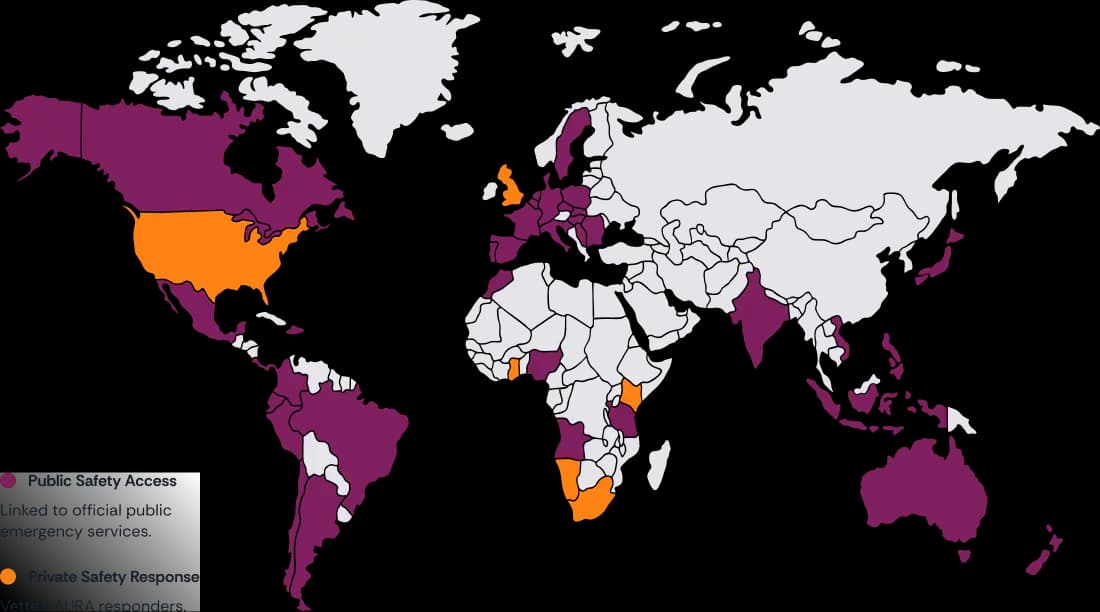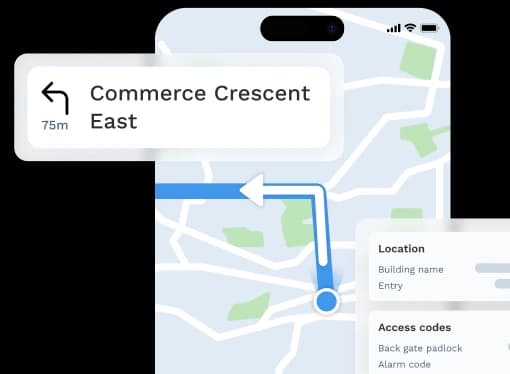
Real-time security powered by smart technology
Book a demoWant to become a responder?
Join the responder network

A safer world with AURA
Lives saved
Avg global response time
Safe places created
Emergency activations
A network of private security and emergency responders at your fingertips
AURA is a technology platform that instantly connects people and properties to the nearest privately vetted network responder — delivering a rapid safety response with full transparency from tap to resolution.
AURA property protect
Get faster, more reliable alarm response for various assets — whether residential, commercial, vacant, or under construction.

Professional services that give you critical coverage or a competitive advantage
From emergencies to routine check-ins, AURA connects you to the right service at the right time—keeping your people, places, and assets safe, and your business strong.
Security response
Enable fast, location-verified security dispatch to protect staff, customers, and property—without the wait or confusion.

Join the AURA community and help create a safer world
We enable organisations to deploy AURA directly or integrate it into an existing offering, so you are empowered to offer instant protection for people and property.
For your organisation
Reduce operational risk, ensure rapid assistance during triggered alerts, and meet duty-of-care and regulatory obligations with transparent reporting and real-time visibility–keeping your business compliance.
For your customers
Expand your product offering and create new revenue streams by integrating on-demand protection services into your existing offering to deliver greater value, strengthen customer loyalty, and differentiate your brand.
24/7 global emergency coverage for real time safety

Industries we serve
AURA services businesses across multiple use cases.

Chosen by industry leaders
AURA services businesses across multiple industries.
Transform how you protect people, property, and build brand trust
AURA makes it effortless to deliver real-time response when every second matters. Whether you’re a business safeguarding employees or customers, a property manager protecting assets, or a responder expanding reach.
For businesses
Book a demo
See how AURA can protect your people and properties with tailored, business-ready solutions.
Select tools
Select the services and integrations that align with your operations and safety goals.
Go live
Guided implementation and onboarding—start delivering rapid response immediately.
For responders
Apply to join
Complete a due diligence and vetting process to start your onboarding with AURA.
Team set-up
Get access to the responder technology—configure your vehicles, staff, and service areas.
Go live
Go live and begin responding to verified incidents via alerts from AURA’s national network.

Ready to join the responder network?
Join AURA's network of vetted responders and access scheduled and on-demand callouts no setup fees required.



